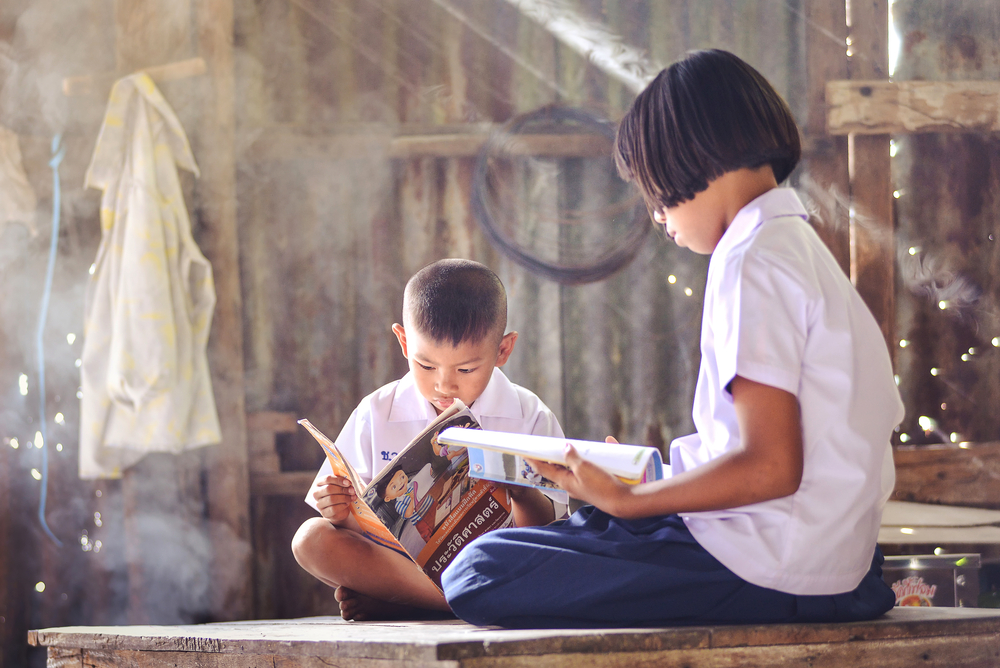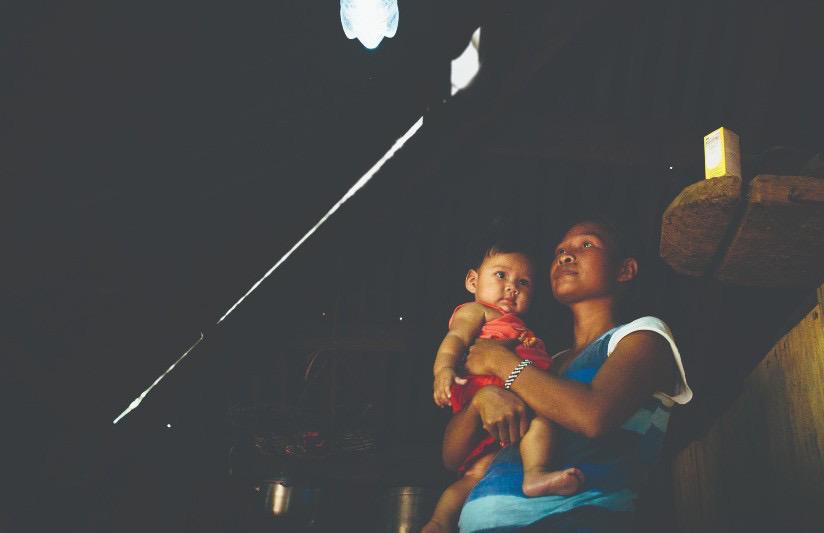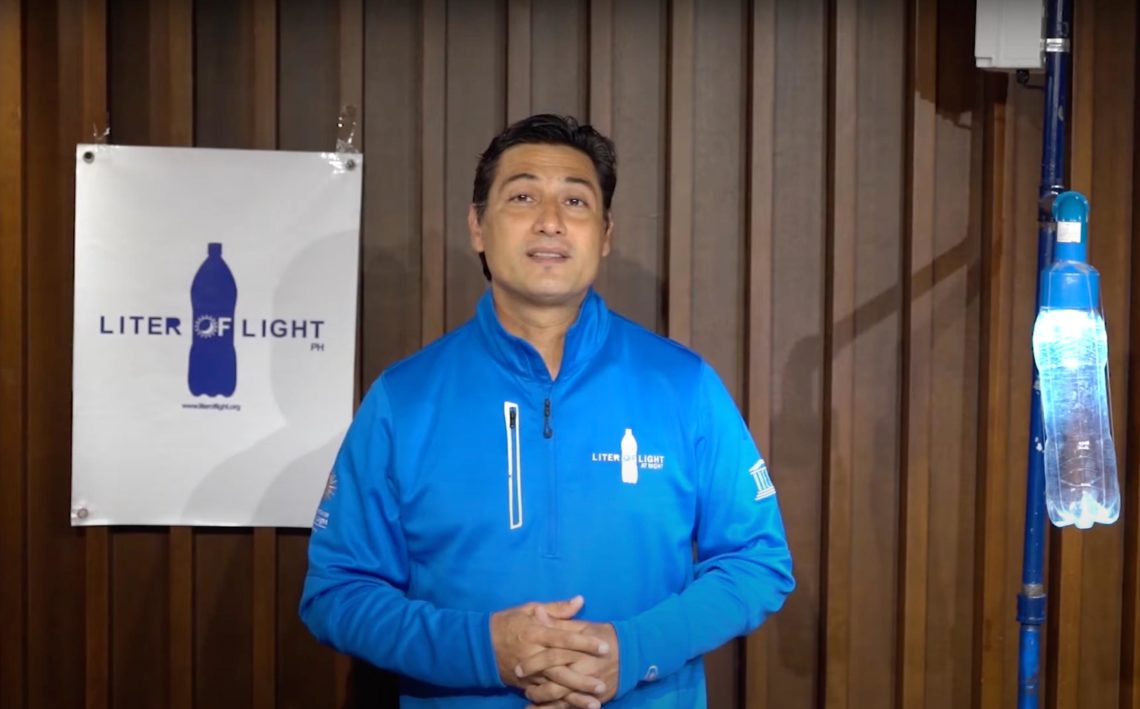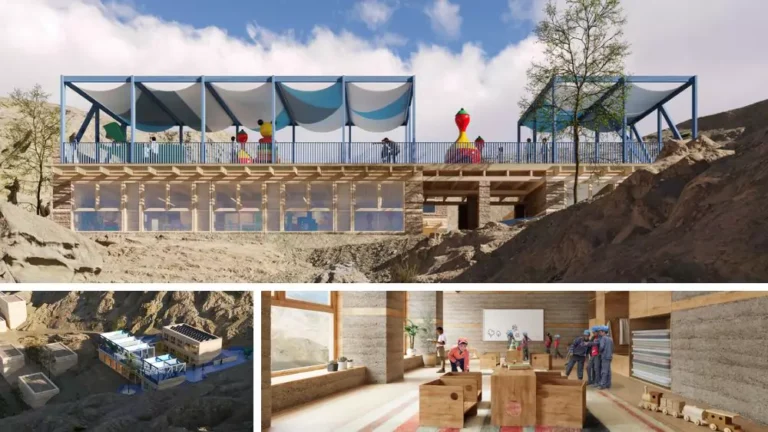Liter of Light: Illuminating developing nations one household at a time
This article is based on the Humanitarian Tech Case Study at the PropertyGuru Asia Real Estate Summit originally presented on 3 December 2020.
A simple tech could serve as a beacon for households living in the dark

With all the luxury and comfort life has afforded us now, it is simply unimaginable to live without electricity, without light – a simple and basic human right. Yet, that has always been a grim reality for families living in unserved areas across the globe.
In 2016, a study by the World Health Organisation (WHO) revealed that one billion people worldwide have been living without electricity. As years went by, the numbers dropped to around 840 million, which is a noteworthy development.
However, WHO warns that without consistent and expedited efforts, 650 million will still have no access to energy by 2030.
Born out of necessity
In the Philippines, natural disasters are rampant and so is the frequent loss of access to energy. Year after year, the country is hit by damaging earthquakes, volcanic eruptions, and roughly 20 typhoons.
The biggest and scariest one yet occurred in 2013 in the form of Category 5 Typhoon Haiyan, when four million houses were ravaged and over 10,000 people lost their lives.
During a humanitarian mission to help devastated areas of Haiyan, Illac Diaz, founder of the Liter of Light Foundation, witnessed first-hand the poor quality of life of the residents thereafter the catastrophe.
“When I went there, I saw that thousands of people had kerosene lamps in bottles, with a wick made out of used cloth.
And there were children that were getting burned,” he recalled as he shared the beginnings of his foundation at the first virtual edition of the annual PropertyGuru Asia Real Estate Summit in December 2020.
“There were a lot of areas where it needed mobile charging systems. So really, there’s this scarcity of carbon-based fuels and light.”
He also noticed that the donated food and money brought by the women to their aid camps ended up getting robbed.
“And that’s when we realised that light could really be this life-changing factor.”
But he found out that it wasn’t an easy feat.
Breaking barriers
The largest power plants in the area were on the coast and these were damaged by 20-foot waves when the storm surge came in, which meant that the facilities were decommissioned for over a year.
The only option left was to find a source for sustainable energy, but this also proved to be a challenge.
Importing patented lights from China and India was expensive, draining 60 percent of their humanitarian funds. Besides, it would also take five months to reach the Philippines. They didn’t have the time nor resources to spare.
“We needed solutions now,” Illac said.
“We really wanted a way that we could use the power of the people, the power of them learning how to build, but with local technologies to solve this widescale problem of lack of energy,” he said.
The Eureka moment

At the time of his Haiyan trip, Illac discovered that major solar manufacturers also happened to be in the area and were teaching locals to recreate products. Illac and his team decided to partner with them, and through in-depth planning and deliberation, they came up with a simple solution that could be replicated by the local community using resources within their reach.
“Instead of raising large amounts of funds for large complex systems, we could use the power of the people to make simple items, but replicated with many hands and at large scale volume,” he explained.
“And so, Liter of Light is basically that. It’s a solar light, built with a screwdriver where you can basically put in simple radio parts available in the country, but at the same time, also something that is available around the equator.”
Paying it forward
The Liter of Light process works by introducing the community to the materials required and where they can source it. They will then teach them how to make the device using simple technology themselves and repair it in case it breaks.
“This technology, we found out, would also be appropriate for cities around the Philippines that have radio shops and electronic shops to be able to replicate it,” Illac shared.
Eventually, the foundation has armed the communities, mostly women cooperatives, with the knowledge to build portable lamps, mobile charging systems, and streetlamps.
Even without Illac’s team present, the locals can replicate the Liter of Light technology and are able to pass on said knowledge and skills to other villages in need. “And that replicability, we believe, is the purest form of charity.”
The domino effect

Through their simple technology, Liter of Light has managed to not only provide light to households in need, but to also offer the following benefits:
Minimising harmful carbon use. Each kerosene lamp consumes and emits 200 kilos of carbon into the atmosphere so if you multiply this by 13 million in the Philippines alone, the amount of carbon emissions is alarming.
Each solar light eliminates 1,000 kilos of carbon use so by enabling unserved households across the globe to switch to a better and more sustainable system, we will all be one step closer to achieving the climate change goals.
Enabling cash outflow in the community. The Liter of Light Foundation charges USD30 for companies and USD50 for NGOs that deal with solar in exchange for a workshop kit for corporate CSR. These companies will be given the materials and the experience to build the technology.
“Later on, those units or stocks of 100 lights each are given to women cooperatives for zero amount so they would have a startup inventory of solar panels to rent out, displacing the previous household expense of kerosene,” Illac explained. The same goes for their mobile charging systems and street lights, he added.
Thus far, the Liter of Light Foundation has expanded rapidly across Asia, where energy poverty is high. Illac shared that they have had a successful five-year relationship with Malaysia, a growing relationship with Vietnam, and a budding one in Indonesia.
They will also be opening offices in Colombia, Brazil, Mexico, Chile, Bangladesh, Senegal, Nigeria, and Kenya, where they will work with the Maasai Tribe.
Sooner or later, with organisations such as Liter of Light focused on this basic human right, no household will be left in the dark.
The original version of this article appeared in Volume 1 of the PropertyGuru Asia Real Estate Summit (ARES) Digital White Paper. Write to our editors at [email protected].
Recommended
This duo is revolutionising textiles by blending traditional craft with cutting-edge design
Ausara Surface brings unconventionality and innovation to experimental textile collections
ARES White Paper Volume 3: The era of adaptive reinvention
Pioneering sustainable and innovative practices in urban development
ARES White Paper Volume 2: Unravelling the power of data revolution in real estate
Insights on proptech, smart cities, and sustainable development
ARES Digital White Paper Volume 1: The fundamentals of responsible building
Green and climate heroes join forces to discuss how Asia Pacific can weather the current environmental crises and the looming effects of climate change







